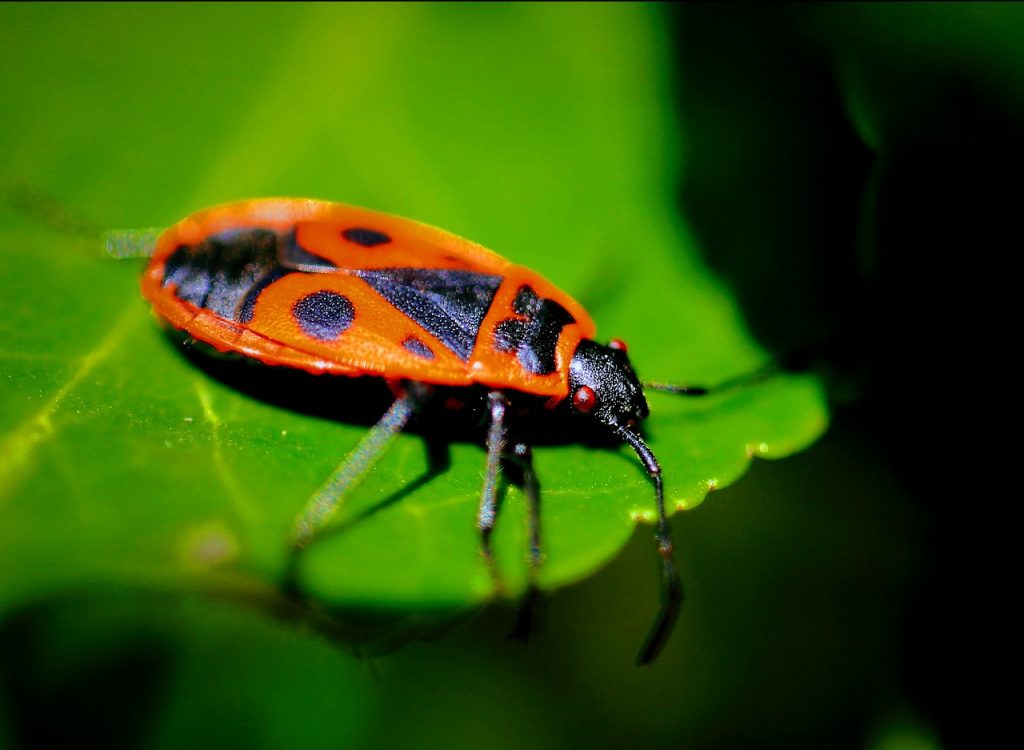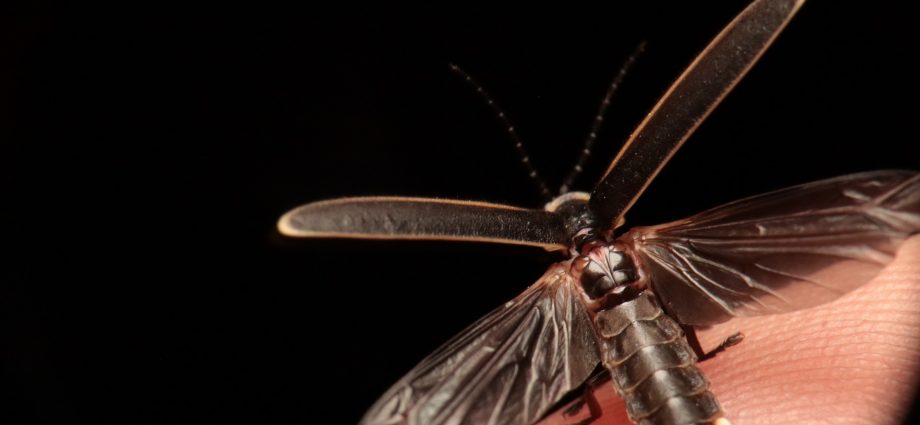Burn My Fire!
It’s a beautiful summer evening … You are walking slowly in the garden. The moonlight is on top of you, you enjoy the warm wind and a flashing light travels… What’s that? Of course firefly…
Fireflies are fiery lovers. Male and female find each other with the help of their flickering lights. These flashing signals are mostly caused by a chemical reaction. They are often seen in countries with hot tropical and warm seasons.

How does it work?
The mating season of these insects coincides with the first weeks of summer. The females take their places on the grass to watch the glamorous show of the males towards sunset. While the male firefly flies, oxygen reaches the cells called photosite by passing through the tubes called trachea in its abdomen. The luciferase enzyme in photosides combines with the luciferin molecule to form a reaction. The result is a compound called oxyluciferin, which scatters excessive energy in atoms as light. Here is the fire of love. This light can be observed through the transparent part of the insect’s lower abdomen.
Fireflies produce light flare patterns instead of a constant glow. The intermittent release of nitric oxide allows oxygen to accumulate cyclically in photoocytes, fueling reaction bursts. The light stops when the oxygen is used up, but blinks again after more oxygen has accumulated.
In a male beetle, this cycle happens every 5.5 seconds. If a female chooses a mate for herself, she turns on her own light in the same chemical cycle with a delay of 2 seconds. The male follows the female’s light to find it and mate.
Some experts suggest that these lights are also a defense mechanism. Could it be impulsive to remind his enemies of the bitter taste of a firefly? Or it may be saying that I am poisonous, stay away… But despite this prevention, some frogs eat so many fireflies that they eventually start to shine themselves.
Bioluminescence should not be confused with fluorescence, which does not involve chemical reactions. A fluorescent object absorbs and re-emits an external stimulating light (such as a torch or moonlight). No glare without warning light.

Have the lights gone out for the firefly?
The fireflies, which have more than 2,000 species that glow faintly in the dark corners of the world, are unfortunately in serious danger of extinction. The three most serious threats facing fireflies are:
1- Habitat loss
2- Use of pesticides
3 – Artificial light,
The glow of the fireflies is diminishing. Fireflies are losing their habitat as forests are cleared and open meadows are paved. Fireflies also need darkness. Light from cars, streetlights, and homes disrupts their glare patterns, distorting their bright message. If they can’t communicate, these glimmering insects will disappear. Fireflies are extraordinary creatures. Fireflies are truly the stars of the night, with their strange glowing images. Fireflies are like a miracle… They make us fall in love with nature over and over again. Living creatures that we must inherit our children.
Other Lightning Animals
Gaussia Princeps
These tiny crustaceans distract the enemy by spraying bioluminescent fluid.
Lophiitormes
The angler fish attracts the attention of small fish with its “lantern” hanging in front of its face. Thanks to biodegradable bacteria, it can easily feed its stomach.
Galiteuthis Glacialis
The bright parts under this squid’s eyes prevent shadow formation. So the enemies don’t notice them.


